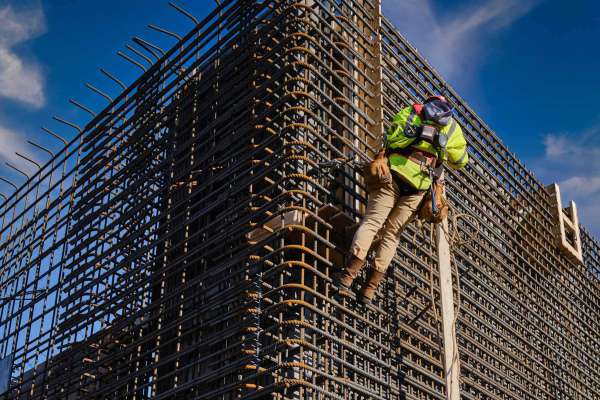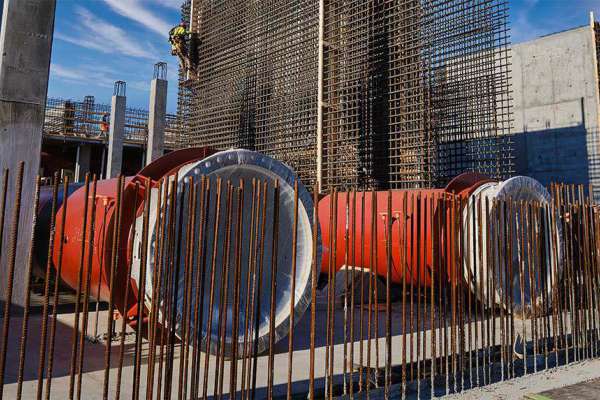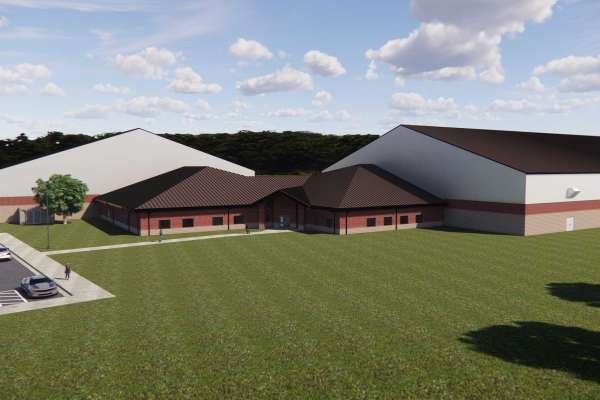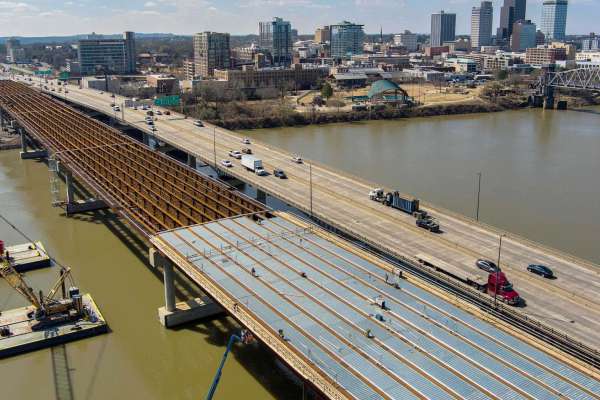Need for speed
A desire to design and construct projects quickly has made APD more and more attractive to airports across the country.
Following two years of lagging passenger numbers due to the ongoing COVID-19 pandemic, enplanements at airports across the country continued to approach pre-pandemic levels in summer 2022. According to the Transportation Security Administration, about 2.2 million people were screened each day in May 2022, which accounted for 89.9 percent of May 2019.
What does that mean for U.S. airports? It’s a return to business as usual. And that includes a need to break ground and complete critical infrastructure projects as fast as possible. Enter alternative project delivery, which has become increasingly popular for airports because the provided flexibility can at times shave up to a year off a project timeline.
Garver’s Aviation Team, made up of more than 100 experts spread across the country, is increasingly familiar with all forms of APD, having worked with airports of all sizes on Design-Build, Progressive Design-Build, Construction Management-At Risk, and other methods to help get terminals, hangars, and other airport facilities designed, constructed, and operational.
“The time value is incredibly important to minimize disruptions to airport operations; the quicker they can get a project constructed, the quicker they can begin to utilize that facility,” said Garver Midwest Aviation Leader Mark Williams, PE. “More than anything, APD makes sure that the finish line is a lot clearer throughout the entirety of the project.”
Currently, there is no shortage of aviation projects in which Garver is involved utilizing APD. At Nashville International Airport, a satellite concourse is being delivered via Progressive Design-Build, which is similar to Design-Build but includes a guaranteed maximum price following design. In addition, airside civil design for Kansas City International Airport’s new 1 million square-foot terminal is being delivered via Design-Build, and a maintenance facility at McKinney National Airport in Texas is being delivered via Construction Management-At Risk, which among other benefits allows pricing to be conducted concurrent with design.
All methods have certain benefits depending on the scope of each project and desire of the owner. And that means flexibility—something Garver prides itself on—is paramount.
“Every airport and every project is going to be shaped differently,” said Garver Tennessee Aviation Leader Matt Koss, PE. “So, to be a part of an APD team, you have to be really nimble and willing to help all parties make quick decisions to help the process move along as fast as possible.”
The satellite concourse project at BNA—which will help address rapid growth when it opens in 2023—may still be in its early stages, but Koss has already seen APD make an impact. Because the concourse is being constructed on an area formerly utilized as a taxiway, all utilities need to be extended to the site. And because it’s being executed in PDB, Garver can execute design, and construction can begin, on that phase before completing design for the rest of the concourse.
It’s a similar story in Kansas City, where Williams said Garver helped facilitate construction of utility relocations before the design of the terminal and terminal apron was complete. In all three instances, Garver Aviation has seen benefits of APD come to life, which include: expressed timeline, maintenance of pricing so that a contractor can procure materials before costs rise, and a limit of change orders, to name a few.
“In addition to being flexible,” said Dallas Aviation Team Leader Mitchell McAnally, PE, “we want to provide designs that are high quality and cost effective. We want to be in constant communication with the contractor and be in tune with what’s happening in the industry, so we can be a voice for any issue throughout the life of the project.”
Kansas City International Airport
Civil Airside Components, New Terminal Program
Garver led the design of the civil airfield
components for KCI’s new terminal, the largest single infrastructure project in
the City’s history. Garver’s role in the Design-Build project included new
apron geometrics, pavement system, glycol collection system, airfield drainage
system, airfield utilities, and more. It’s scheduled to open in spring 2023.
McKinney National Airport
SRE Building
Garver Aviation provided full architectural and civil site design services for a new 15,000 square-foot-airport maintenance building. Services included topographical surveys, geotechnical investigations, easement development and sub-surface utility engineering, as well as bidding and construction administration on the project delivered via CMAR.
Nashville International Airport
Satellite Concourse
In need of additional gates to address rapid growth, BNA chose to construct a satellite concourse that will feature eight gates capable of serving the largest Group III aircraft and include hold rooms, concessions, and restrooms. As lead civil engineer on the Progressive Design-Build project, Garver is developing construction packages for two phases of the project.










Share this article